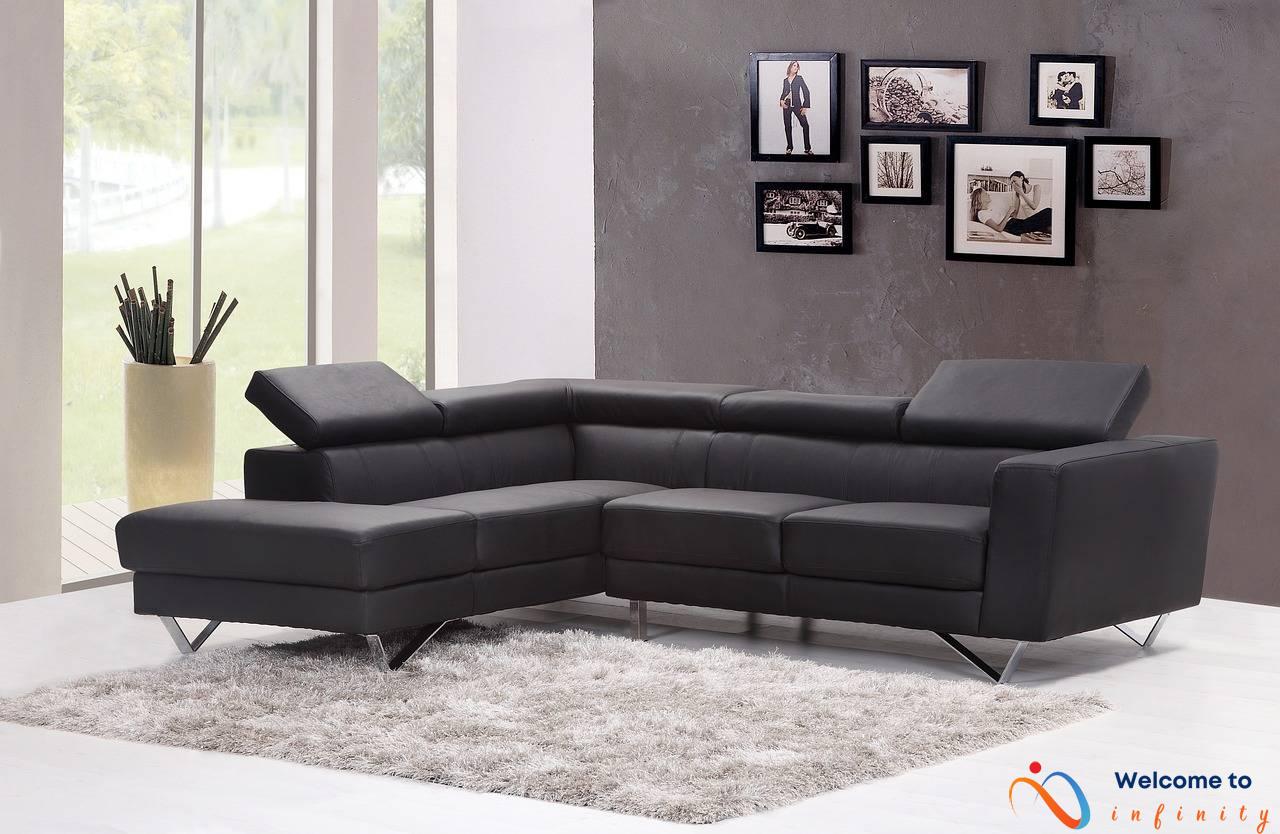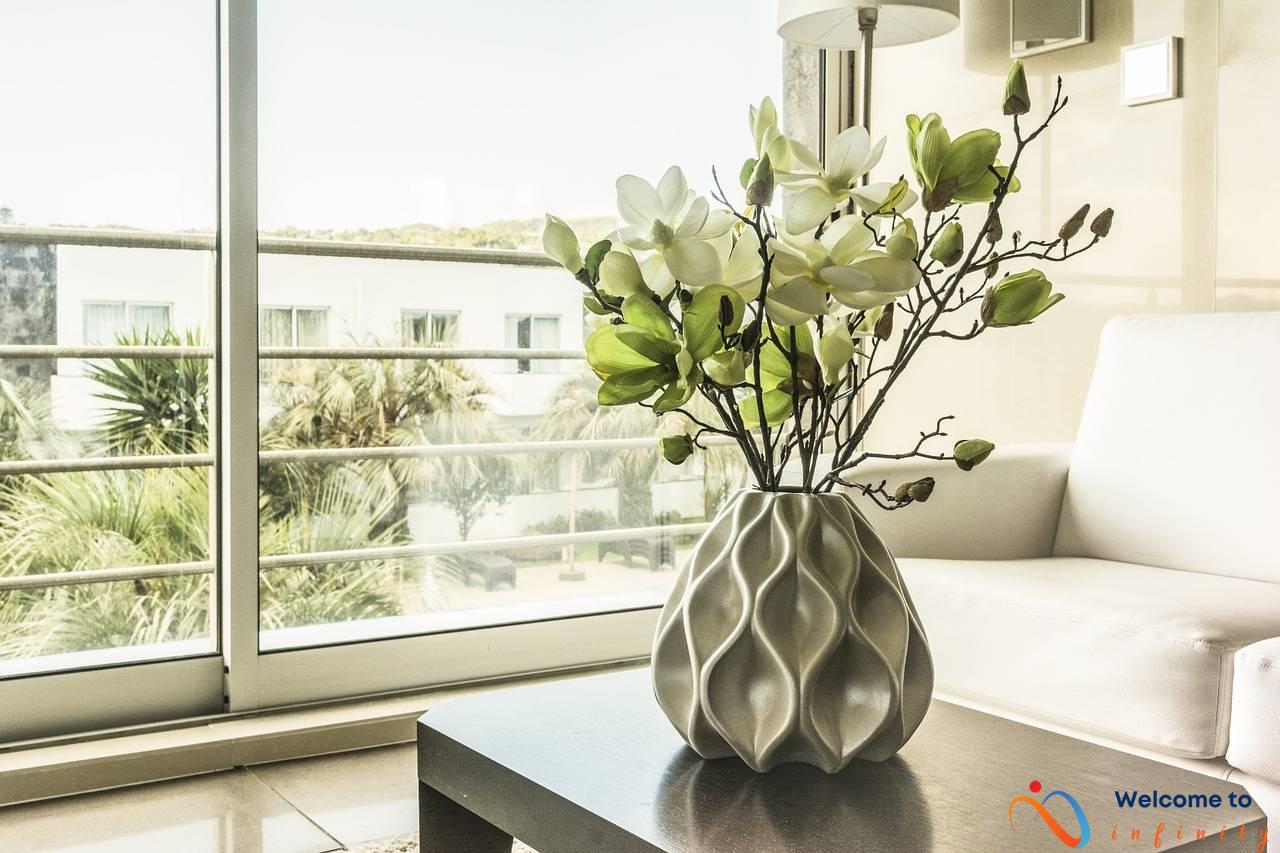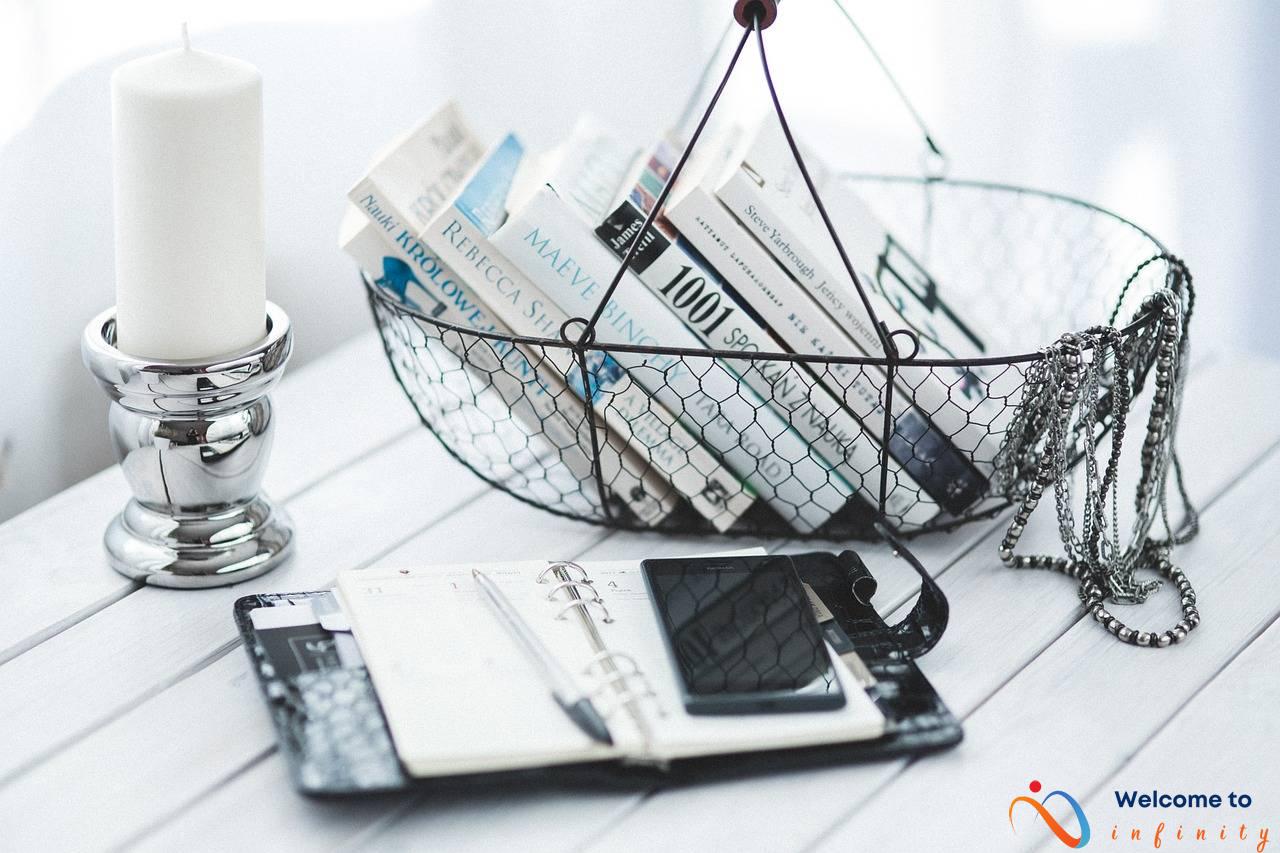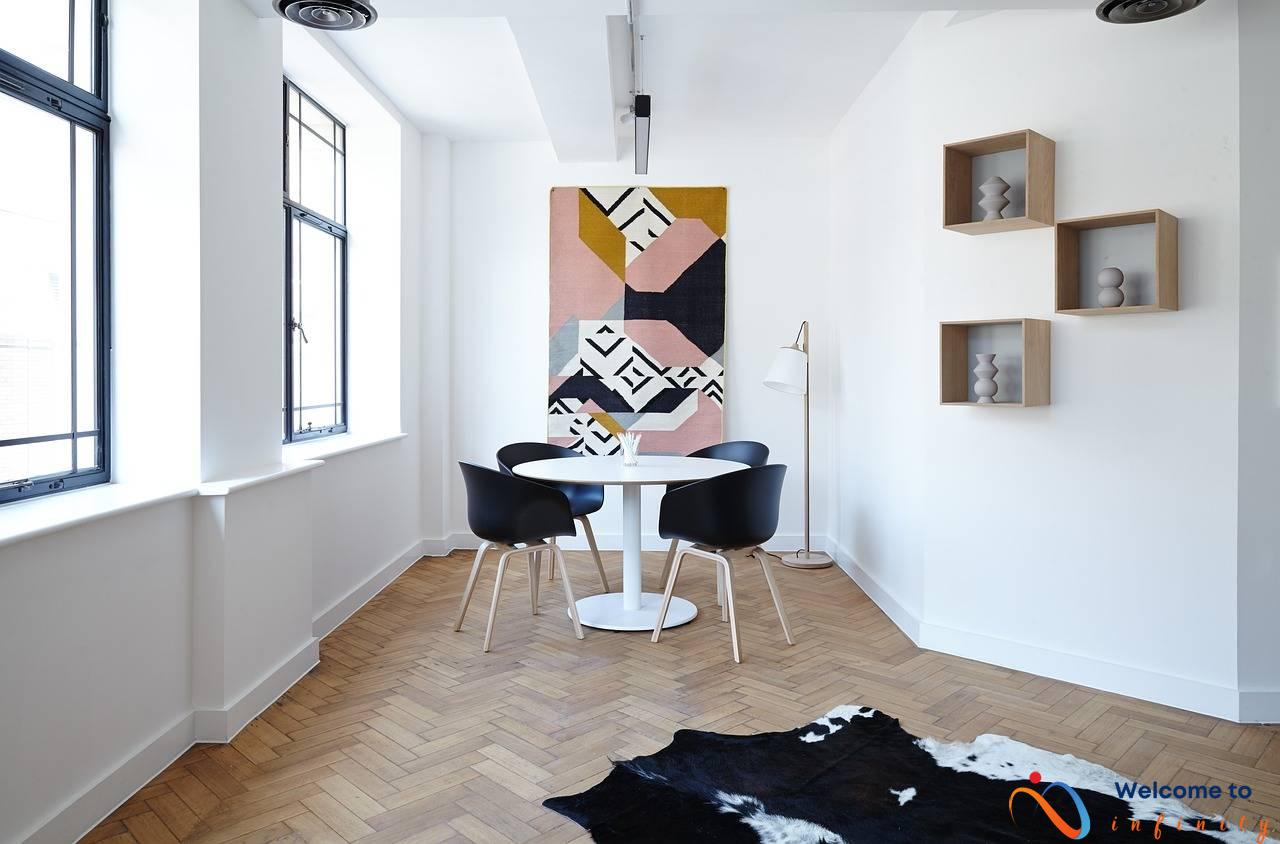The minimalist trend has gained immense popularity over the years, with many homeowners adopting this approach to create an uncluttered living space. Despite its simplicity, minimalist home decor can appear sparse, with little to no room for personalization or creativity. Adding plants to minimalistic spaces not only elevates its aesthetic but also brings life, color, and texture to the typically monochromatic décor.
Plants have a way of adding a sense of sophistication that complements the minimalist philosophy. Succulents can add dimension to a monochromatic space while ferns can add a lush and verdant feel. The possibilities are endless, and plants offer an affordable and effective way to create a unique and personalized home décor.
However, incorporating plants into minimalist home decor can be overwhelming, especially when you are unsure where to start. The key is to find the ideal plant that will fit the lighting, size, and style of your space. The good news is that there is a wide variety of plants to choose from, and you can opt for plants that thrive in low or bright light conditions.
Benefits of Greenery
Adding plants to your minimalist home decor has numerous advantages beyond adding a pop of color to your interior. In addition to enhancing the aesthetic appeal of your space, greenery can also provide various health benefits.
Plants are natural air purifiers, removing harmful toxins from the air around us and improving air quality. This is particularly important indoors, where we spend most of our time. In addition, having plants in your home can help reduce stress levels and improve productivity, making them ideal companions for home offices.
But that's not all. Studies have shown that simply looking at plants can have a calming effect, reducing anxiety and fatigue. The presence of greenery has also been linked to improved mood and a more positive outlook on life.
Adding plants to your home can also help regulate humidity levels, improving indoor climate quality, especially during the winter months. This can help reduce the risk of respiratory problems, dry skin, and allergies.
So go ahead and add some greenery to your minimalist home decor, not just for the visual appeal but also for the several health benefits it provides.
Choosing Plants
Choosing the right plants for your minimalist home decor can be daunting, but it is essential to take the time to understand both your needs and the plant's requirements. Firstly, think about the amount of light your space offers and the conditions that best suit the plants you are interested in. Some plants, like the snake plant and ZZ plant, thrive in low-light conditions and can be excellent choices for minimalist homes without many windows.
- Consider the plant's care requirements, such as watering and sunlight. Not every plant will be suitable for your lifestyle or the conditions of your home.
- Take note of the color and texture of the plant in question. Does it match the overall aesthetic of the room? Does it add a pop of color and texture to space?
- Think about the placement of the plants in your home. Will it be hung, placed on a shelf, or potted on the floor? Consider the size and shape of the plant to make sure it complements the space.
Remember, choosing plants for your home is personal, and it should reflect your personal style and taste. Take the time to research your plants thoroughly and ensure they are the right fit for your home to create a personalized and stylish minimalist decor.
Low Light Plants
If you live in a home with limited natural light, don't let that discourage you from incorporating lush greenery into your minimalist decor. There are plenty of low-light plants that can thrive in even the darkest corners.
One popular choice is the Sansevieria, also known as the Snake Plant. With its upright leaves and striking appearance, this hardy plant is virtually indestructible and perfect for those who lack a green thumb. Plus, it not only enhances your decor but also purifies the air.
another low-maintenance option is the ZZ plant, which also does well in low-light environments. This plant has glossy green leaves and is drought-tolerant, making it an excellent choice for busy homeowners who don't have time for frequent watering.
When selecting a low-light plant, it's important to keep in mind that they typically have lower energy requirements and grow at a slower pace than their bright-light counterparts. Be sure to choose a plant that matches the amount of light in your home and has proper drainage to avoid waterlogging.
Sansevieria (Snake Plant)
The Sansevieria, or snake plant, is a popular choice for low-light minimalist home decor. This plant is known for its hardiness and air-purifying qualities, making it an excellent choice for those who want to breathe clean air indoors. Additionally, snake plants are easy to care for, making them an ideal choice for those who are new to plant ownership or have a busy lifestyle.
Snake plants come in various sizes, making them highly adaptable to different spaces. A smaller plant can sit comfortably on a shelf or table, while a larger plant can make a statement as a floor plant. The long and sturdy leaves of the snake plant have a unique cylindrical shape, adding an interesting texture to any minimalist room.
These plants can also be propagated easily, making them an economic choice for those who want to expand their collection. Snake plants are also known for their ability to withstand neglect, making them suitable for people who travel often. So if you're looking for a low-maintenance, hardy plant that can purify the air and add a touch of sophistication to your minimalist home decor, the snake plant is an excellent choice.
ZZ Plant
The ZZ plant, scientifically known as the Zamioculcas zamiifolia, is a low maintenance plant that is perfect for minimalist home decor with low-light environments. Like the snake plant, the ZZ plant is highly tolerant of low-light situations, making it an excellent choice for minimalist homes without large windows or skylights.
The ZZ plant is native to Eastern Africa and has become increasingly popular as a houseplant due to its striking appearance and easy care requirements. It features glossy, dark green leaves that grow on thick stems, giving it a unique, sculptural appearance that makes it a popular choice for minimalist homes. Additionally, the ZZ plant is known for its air-purifying properties, making it a great addition to any living space.
Unlike other plants, ZZ plants only need to be watered every few weeks and can go for extended periods without water. This makes them ideal for those who want to enjoy the beauty of plants without the hassle of frequent watering. ZZ plants can also withstand a wide range of temperatures, from cool to warm, making them adaptable to most living environments.
When choosing the perfect ZZ plant for your minimalist decor, opt for a small but healthy plant that fits well with your space. ZZ plants can be placed in a small pot and grown as a table plant or used to create a lush green corner in your living room. With their ease of care and striking appearance, they make an excellent addition to any minimalist home decor.
Bright Light Plants
When it comes to incorporating plants into your minimalist home decor, having ample natural light can expand your options and create even more possibilities. Plants that require bright light can add more color, variety, and texture to your home's sparse and neutral space. Here are some bright light plants to consider for your minimalist home decor:
-
The fiddle leaf fig is a popular plant option for bright, airy minimalist spaces. It features large, textured leaves that add a touch of elegance and sophistication to any room. However, it requires regular watering and indirect sun exposure to thrive.
-
The aloe vera plant is a perfect choice for minimalist homes that want to add greenery and air-purifying properties. It is known for its ability to absorb toxins from the air and requires little maintenance, making it ideal for busy homeowners. However, it does require direct sunlight, so make sure to place it near a window that receives plenty of natural light.
-
The spider plant is another excellent bright light option for minimalist homes. It is known for its spider-like leaves that add softness and texture to any space. It is also easy to care for and only requires occasional watering. Moreover, it is an air-purifying plant that can help to remove pollutants and toxins from your home.
-
If you want to add a touch of elegance and a vintage feel to your minimalist home decor, the English ivy plant is a perfect choice. Its charming, cascading leaves can add drama and a pop of green to any room, creating a cozy and inviting atmosphere. It requires bright, indirect light, regular watering, and well-draining soil to thrive.
These bright light plants can add more personality and variety to your minimalist home decor, creating a unique and personalized style that reflects your personality and taste. However, make sure to choose plants that match your space's lighting conditions and style. Keep in mind that bright light plants require more attention and care, so choose plants based on your lifestyle and availability. Incorporating plants into your minimalist home decor can be fun, exciting, and rewarding, so don't be afraid to explore different options and experiment with different styles and arrangements.
Fiddle Leaf Fig
The fiddle leaf fig is a popular plant choice for minimalist homes with bright, airy spaces. It is known for its large, textured leaves and beautiful shape, making it a stylish and elegant addition to any room.
However, it is important to note that the fiddle leaf fig requires a moderate amount of sunlight to thrive. Make sure to place it near an east or west-facing window with ample natural light. In addition, be sure to rotate the plant occasionally to ensure even growth.
When it comes to watering, allow the soil to dry out slightly between waterings. Overwatering can lead to root rot and damage the plant's health.
In terms of styling, the fiddle leaf fig can stand on its own in a minimalistic pot, or can be paired with other plants and decor for a more dynamic look. Its size and shape can add a bold statement to a room, making it a great focal point.
Overall, the fiddle leaf fig is an excellent choice for those who want to incorporate natural elements into their minimalist home decor. With proper care and attention, this striking plant will add life and texture to any space.
Aloe Vera
The aloe vera plant is a popular choice for those seeking a minimalist plant with air-purifying properties. Aloe vera is known for removing toxins from the air and improving indoor air quality, making it ideal for your home. In addition to its air purification properties, aloe vera also offers several other health benefits.
Another advantage of the aloe vera plant is its easy maintenance. It requires very little attention. In fact, it prefers bright, indirect light, water about once a week, and well-draining soil. It is also drought-tolerant and can withstand periods of neglect, which makes it perfect for busy homeowners.
Another way to incorporate aloe vera into your minimalist decor is by incorporating it into other interior design elements. For example, you can prop a few aloe plants in clear glass vases, or hang smaller aloe vera plants from the ceiling in a home with limited storage space. You can also create minimalist DIY decor pieces such as geometric plant holders where you can plan several aloe vera plants.
Overall, the aloe vera plant is a perfect addition to any minimalist home decor. It is a natural air purifier and offers a wealth of health benefits, making it an ideal plant to introduce into your minimalist living space. It is low maintenance and easy to care, making it perfect for busy homeowners looking to incorporate greenery into their living spaces quickly and without much effort.
Incorporating Plants into Decor
Minimalist homes are often characterized by clean lines, neutral colors, and streamlined furnishings, which can create a somewhat sterile atmosphere. However, with the addition of plants, minimalist decor can come to life, creating a warm and inviting space. Incorporating plants into minimalist decor is a great way to personalize your space and make it your own.
Hanging plants are a great way to add a dramatic flair to minimalist home decor. Place them in a corner or hang them near a window where they can receive a lot of light. Consider plants that have long, flowing fronds like spider plants or ferns for a visually stunning look.
Minimalist terrariums are another great way to incorporate plants into decor. These beautiful glass containers filled with succulents, cacti, or air plants have taken the decor world by storm. They are perfect for those who prefer an organized and clean-looking home without sacrificing greenery.
If you're looking for a more traditional way to incorporate plants into decor, consider placing them on surfaces like windowsills, bookshelves, or coffee tables. The key is to choose plants that match the color scheme and overall aesthetic of your minimalist space.
Finally, don't forget the power of statement planters. Adding plants to unique and stylish pots can elevate the look of your decor significantly. For minimalist spaces, geometric shapes and neutral tones work well.
- Use hanging plants to add visual impact and elegance
- Choose minimalist terrariums filled with succulents for an organized look
- Place plants on surfaces like windowsills and coffee tables to add life and color to your space
- Statement planters can make a significant difference in the overall aesthetic of your minimalist decor
With these tips in mind, you can easily incorporate plants into your minimalist decor to create a unique and personalized style that fits your taste and personality.
Hanging Plants
Hanging plants are an excellent choice for minimalist home decor as they can add a touch of elegance and style to any room. They can elevate a space and create an impressive visual impact. When choosing hanging plants for your minimalist home, choose plants that fall elegantly over the pot for a stunning look. Hanging plants are highly versatile and can be hung in various ways, including from the ceiling, above shelves, or on walls.
Some popular hanging plants that would be perfect for a minimalist home include ivy, ferns, and string of pearls. Ivy plants are an excellent option for minimalist homes with larger windows and plenty of natural light. They come in several varieties, including English ivy, Russian ivy, and Algerian ivy. Ferns, like the Boston fern, can amplify your minimalist home's natural beauty and offer a refreshing, tropical feel to the space. String of pearls is another beautiful hanging plant that can add texture, contrast, and color to your minimalist decor style.
When incorporating hanging plants into your minimalist decor style, ensure that they are in the same color and texture scheme as the room's furnishings. Hanging plants with trailing vines or leaves can create a stunning visual impact and provide a beautiful contrast to the typically spare and clean surroundings of minimalist home decor.
Consider adding your hanging plants to macrame hangers or geometric planters for an added touch of style. You can also mix and match pots and hangers with different hanging plants to achieve a more eclectic and creative look in your minimalist home decor.
In summary, hanging plants are an easy way to add tasteful and elegant greenery to any minimalist home as they bring a breath of fresh air and life to the space. Choose plants that add to the room's ambiance and aesthetic with their graceful, draping shape.
Minimalist Terrariums
If you're looking for a more structured and organized look for your minimalist home decor, why not try minimalist terrariums? These unique containers create a stylish and modern look that can complement any minimalist design. Filled with a variety of succulents, a terrarium can bring color and life to any room in your house.
When selecting plants for your minimalist terrarium, choose those that are low maintenance, requiring little water and attention. Some great options include jade plants, cacti, and hens and chicks. These plants not only thrive in a terrarium, but they also add a touch of greenery to your minimalist decor.
One great thing about a minimalist terrarium is that they can be customized to suit your personal style. You can choose a container that matches your decor, such as a sleek glass container or a rustic wooden box. To add depth and texture to your terrarium, consider adding stones, pebbles, or sand.
Looking for a unique way to display your terrarium? Consider grouping several small ones together, creating a stunning display. Alternatively, you can place one large terrarium on a coffee table or bookshelf, adding a touch of nature to your minimalist decor.
By incorporating minimalist terrariums into your home decor, you can create a stylish and personalized look that complements your minimalist design. So why not try creating a unique and modern terrarium today?
Conclusion
Minimalist home decor can be beautiful and elegant, but it can also feel stark and empty without the right elements. Plants are a perfect addition to minimalist spaces, adding life, color, and texture to typically sparse rooms.
When choosing plants for your home, it's important to consider their care requirements and match them with the lighting and style of your space. For low-light environments, hardy plants such as the Sansevieria (Snake Plant) and ZZ Plant are great choices. For homes with bright, airy spaces, the Fiddle Leaf Fig and Aloe Vera are popular options.
Incorporating plants into your decor can be done in a variety of ways. Hanging plants can bring impressive visual impact and elegance to a room, while minimalist terrariums filled with succulents offer a more organized look.
By considering the needs of your plants and matching them with the lighting and style of your home, you can create a personalized and stylish space with the power of plants. Adding greenery to your minimalist decor not only enhances its aesthetic value but also offers several health benefits, making it a wise investment for every home.












